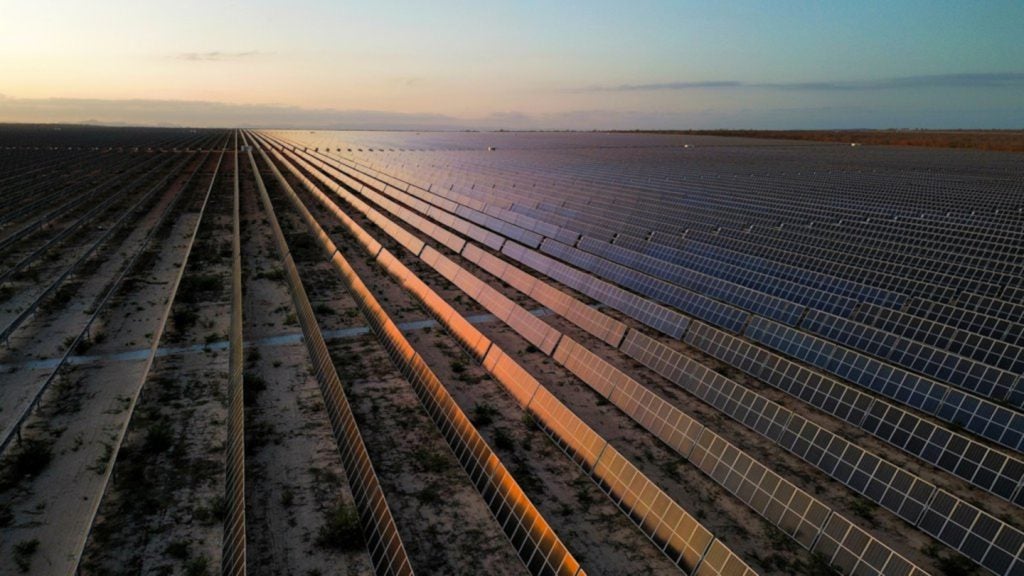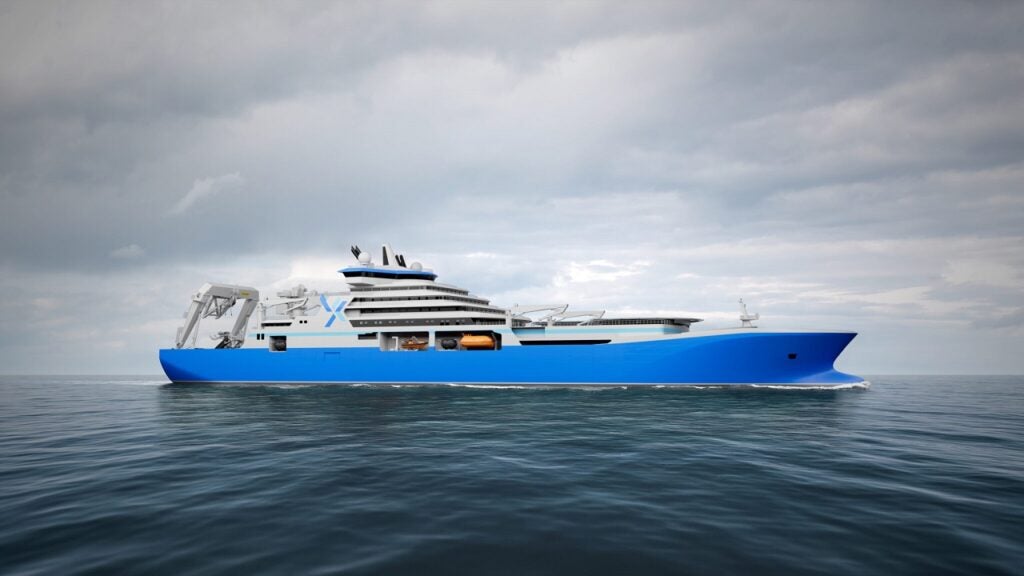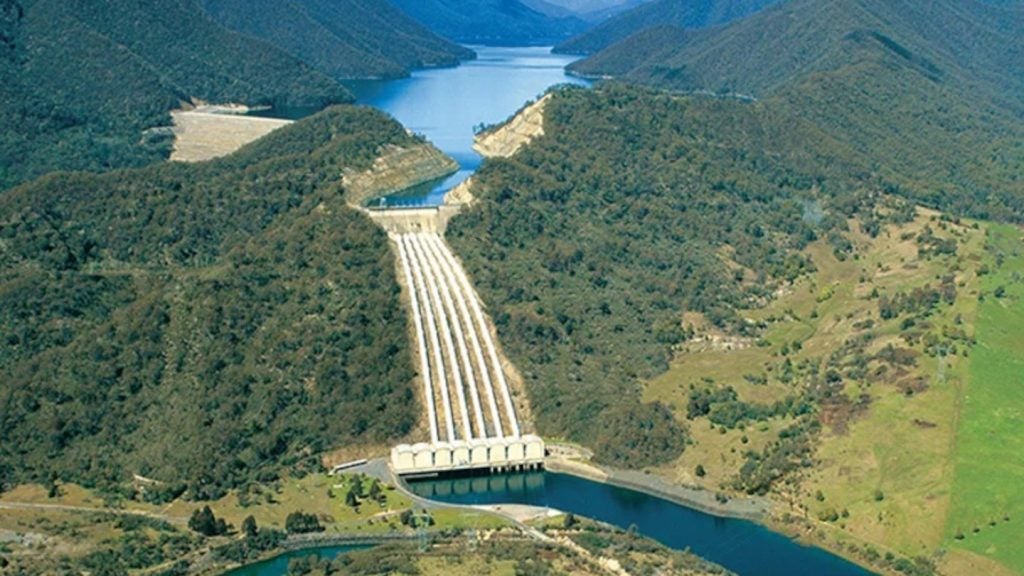The Merkur Offshore wind farm is being developed in the North Sea, Germany, approximately 45km north of the Borkum Islands. It will be one of the biggest offshore wind farms in Germany.
Merkur Offshore is developing the 400MW wind farm at an estimated cost of €1.6bn ($1.7bn). Construction of the offshore wind farm began in December 2015.
Offshore cable construction works will commence in 2017 and the offshore foundation installation works will commence the same year in August. The project is scheduled to be completed by 2018.
The wind farm is expected to generate 1,750GWh of electricity a year, which will be enough to power approximately 500,000 households.
Merkur offshore wind farm make-up
The project will feature 66 Haliade 150-6MW turbines with a rotor diameter of 150m and hub height of 100m. The turbine towers will rest on XL monopiles and transition pieces. The monopiles will be 8m in diameter, 70m in length and have a total weight of approximately 1,100t.
The wind turbines will be connected to the central offshore substation through a 12-string inter-array cable grid. Each string, consisting of up to six turbines, will be fixed to the bridging cable.
The 33kV electricity generated by the turbines will be converted into 115kV.
Grid connection
Electricity generated from the turbines will be collected at the Merkur offshore substation and transferred to TenneT’s DolWin gamma, an HVDC converter platform. The substation will also have space for accommodating a helicopter to provide access at all times.
Electricity from DolWin gamma will be transferred to the Dorpen-West onshore substation through 320kV export cables, including 75km of offshore and 90km of onshore underground cables.
Contractors involved with Merkur offshore wind project
GE is supplying the wind turbines, while DEME will install them. GeoSea is the turnkey contractor for the balance of plant works.
GeoSea subcontracted SeaPlanner to deploy personnel and vessel tracking software within the development site.
SgurrEnergy received a construction monitoring contract in August 2016. Palfinger Marine was awarded a contract to supply 66 PSM 400 cranes in October 2016.
Mott MacDonald is appointed as the independent technical advisor to GE Energy for equity financing of the project.
A joint venture of ENGIE Fabricom, Tractebel ENGIE and Iemants received a contract for the engineering, procurement, construction, testing and commissioning of the offshore wind farm. ENGIE Fabricom will integrate all the systems involved in the offshore substation throughout its construction phase in 2016 and 2017.
Tractebel will provide basic and detailed engineering, supply, testing and commissioning of the high-voltage/medium-voltage equipment.
Iemants will complete the basic and detailed engineering, supply, testing and commissioning of the corrosion protection system for the topside and jacket.
Tekmar Energy secured a contract from Tideway to provide 150 of its patented TekLink cable protection systems (CPS) for the wind farm project in November 2016.
Other contractors involved with the project include Northern HeliCopter, Prysmian and Hogan Lovells.
Financing
Ten banks agreed to provide debt capital of €1.2bn ($1.3bn) for the project, while a consortium of five partners agreed to provide approximately €500m ($546m) for the project.
The consortium includes Partners Group (50%), InfraRed Capital (25%), DEME Concessions Wind (12.5%), GE Energy (6.25%), and L’Agence de l’environnement et de la maîtrise de l’énergie (ADEME, 6.25%).
Partners Group will invest more than €250m ($273m) for the construction of the project.










